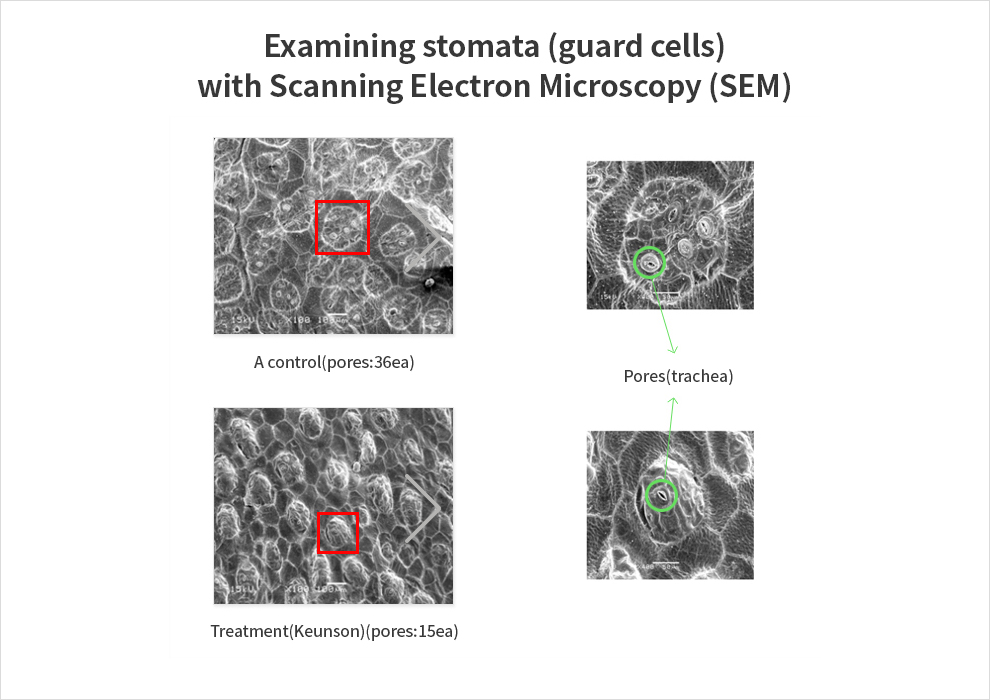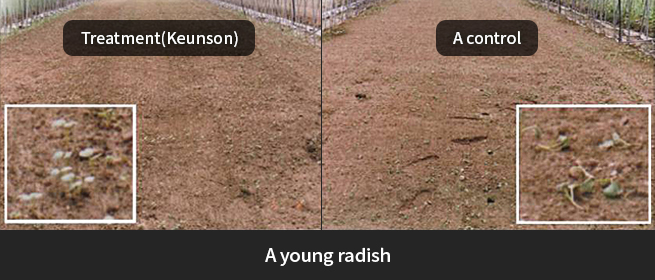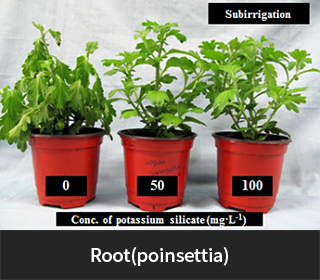Reinforce the
cell tissue
Phosphoric acid effect and
vigorous rooting-out power of silicate
Increase the fertilizer
efficiency with silicate
Balance control of nutrient
and reduction of toxicity
Reduce exterior
(non-biological) stress
Reduce the pores
It forms the silicate layer under the cuticle layer of crop’s epidermis, combines with cellulose to make elastic cell walls, and makes the cellular tissues dense and strengthened.
Most of the pathological damages of crops are coming from the fungus diseases(powdery mildew, downy mildew, anthracnose, etc.). While the fungal hyphae penetrate the epidermal tissues and absorb the nutrient in the cells to grow and breed, but there is a barricade of silicate layer and silicate-combined cell walls, which is hard to penetrate. When hyphae have invaded into the cells, it makes the habitat disadvantageous against diseases and insects physically, promotes the generation of enzyme active substances such as phytoalexin, which is a type of phenol compound, and chitinase inside the crops, and exercises the resistance against diseases and insects to suppress the invasion of germs.

It makes the cell tissues of leaf vegetables or fruits dense to restrain the moisture transpiration in the cell walls and intercellular spaces for improving shelf life. It also improves the absorption and transfer of nutrient to increase the quality and weight of fruits, enlarge the size, weight, and quantity of fruits, and increase the flower numbers or improving the commercial value of them.

Silicate is accumulated in the space of celluloses that are consisting cell walls, strengthens the structural system of tissues, and restricts the overstretching of tissues so as to prevent falling and overgrowing.

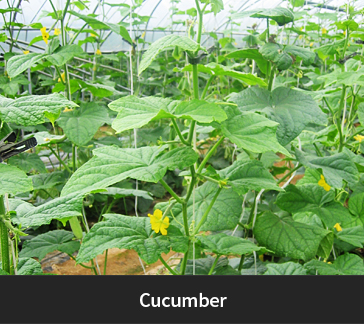
Silicate solubilizes insoluble phosphoric acid in the soil and substitutes a part of phosphoric acid’s effects to reduce the amount of phosphoric fertilizer. Phosphoric acid is the most important element that is related to plant’s vital phenomenon, which promotes the initial growth of plant, out-rooting and differentiation of growing points, and has deep relationship with the blooming and fruit ripening in the latter period. Silicate substitutes such functions of phosphoric acid and makes the growth of roots flourishing.
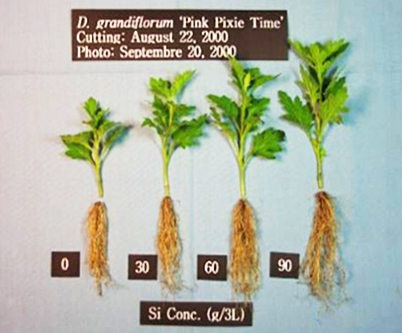
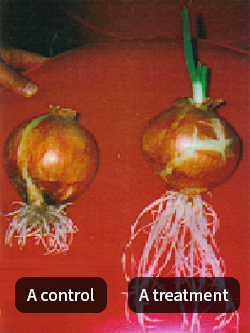

Silicate promotes the absorption and transfer of major and minor elements such as nitrogen and phosphoric acid in the fertilizer and restrains the nutrient outflow with dense tissues to save nitrogen by more than 30%.
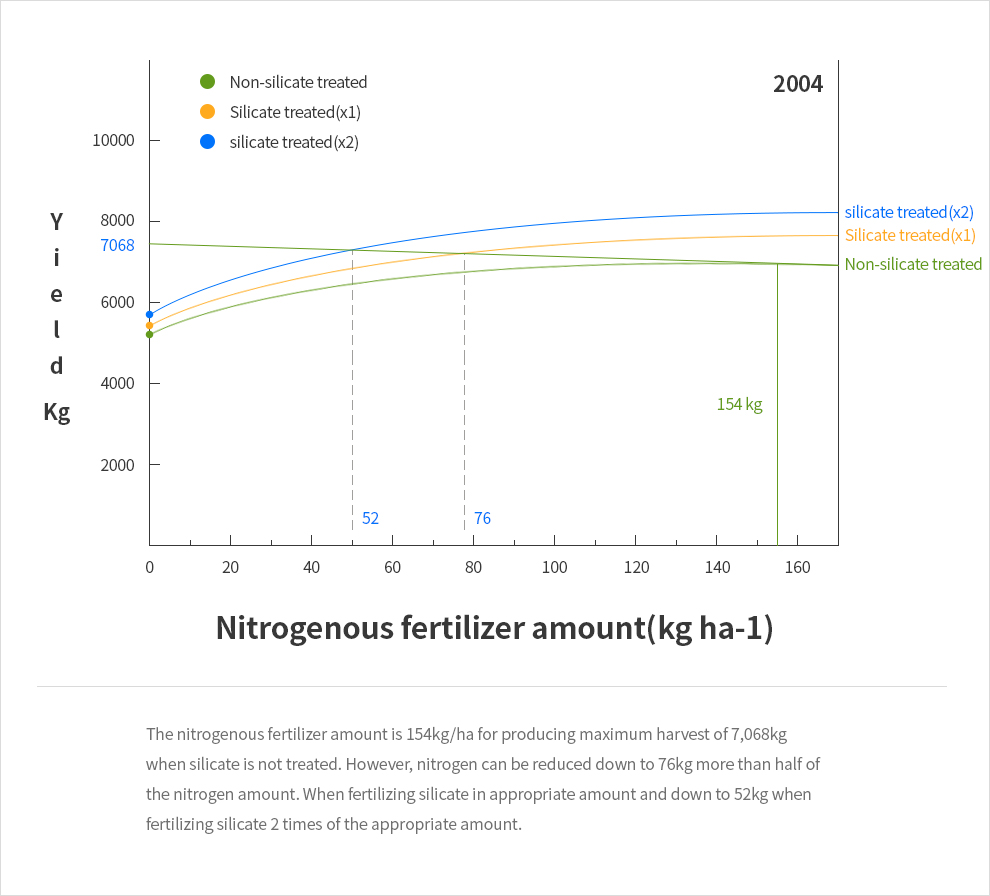
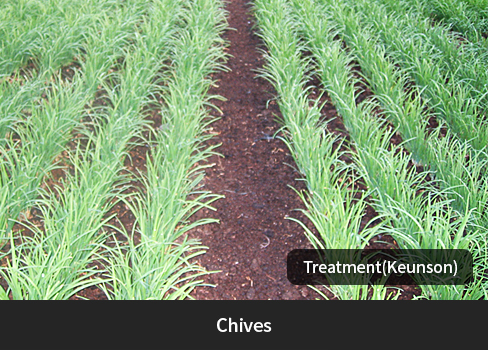
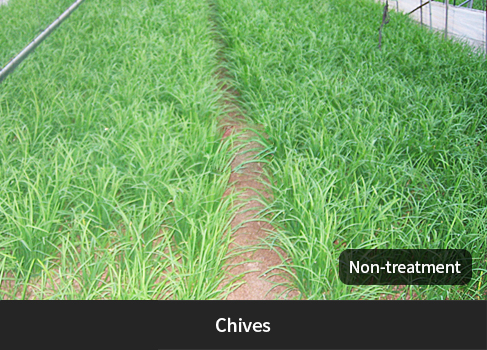
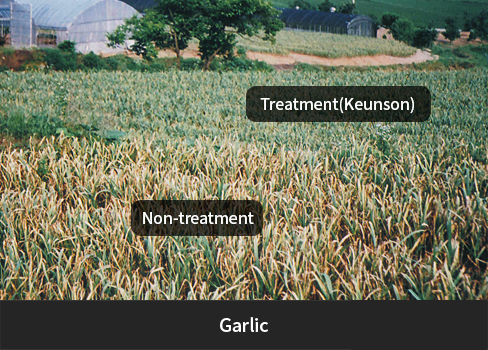

Silicate prevents fertilizer components concentrating in a part of plant throughout the growth of crops, moves slowly inside the tissues of crops, spreads rapidly accumulating metallic fertilizer components to the overall tissues of crops, which is a kind of surfactant functions, and reduces the stress of crops caused by the lack or excess of specific fertilizer component.
The rice supplied with silicate has tolerance against toxic heavy metals or heavy metals such as aluminums (Al), iron (Fe), Manganese (Mn), germanium (Ge), arsenic (As), cadmium (Cd), relieve the obstacles of lack of phosphoric acid or excess of sodium (Na), magnesia (Mg), and nitrogen (Na). It reduced the excess obstacles of phosphoric acid for bean, cucumber, strawberry, and tomato, also reduces the aluminum (Al) toxicity for wheat, corn, African millet, and cotton.
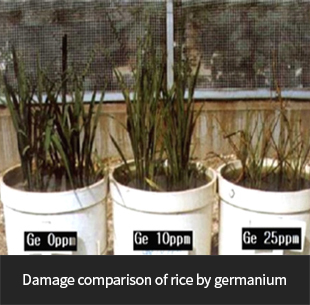

Silicate reinforce the oxidative capacity of ice roots to improve the resistance against typhoon and low temperature obstacles, controls the temperature in low/high temperatures to minimize the damage to rice by temperature, reduces the damages by frost or cold weather, restrains the outflow of electrolyte out of leaves when moisture is lacking or when temperature is low, influences to the enzyme activity related to the photosynthesis to improve the photosynthetic capability
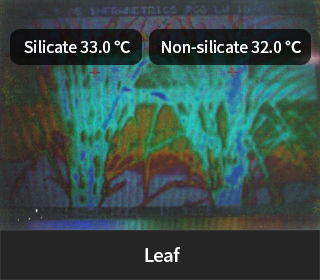

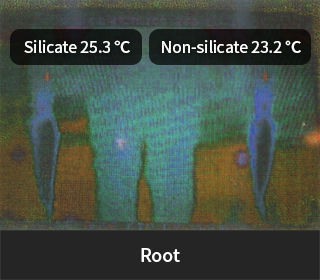


Silicate accumulated in the cell walls is insulated internally to suppress the moisture outflow to the leaf surface, and reduces the pores in the cells to restrict the moisture transpiration through the pores.
